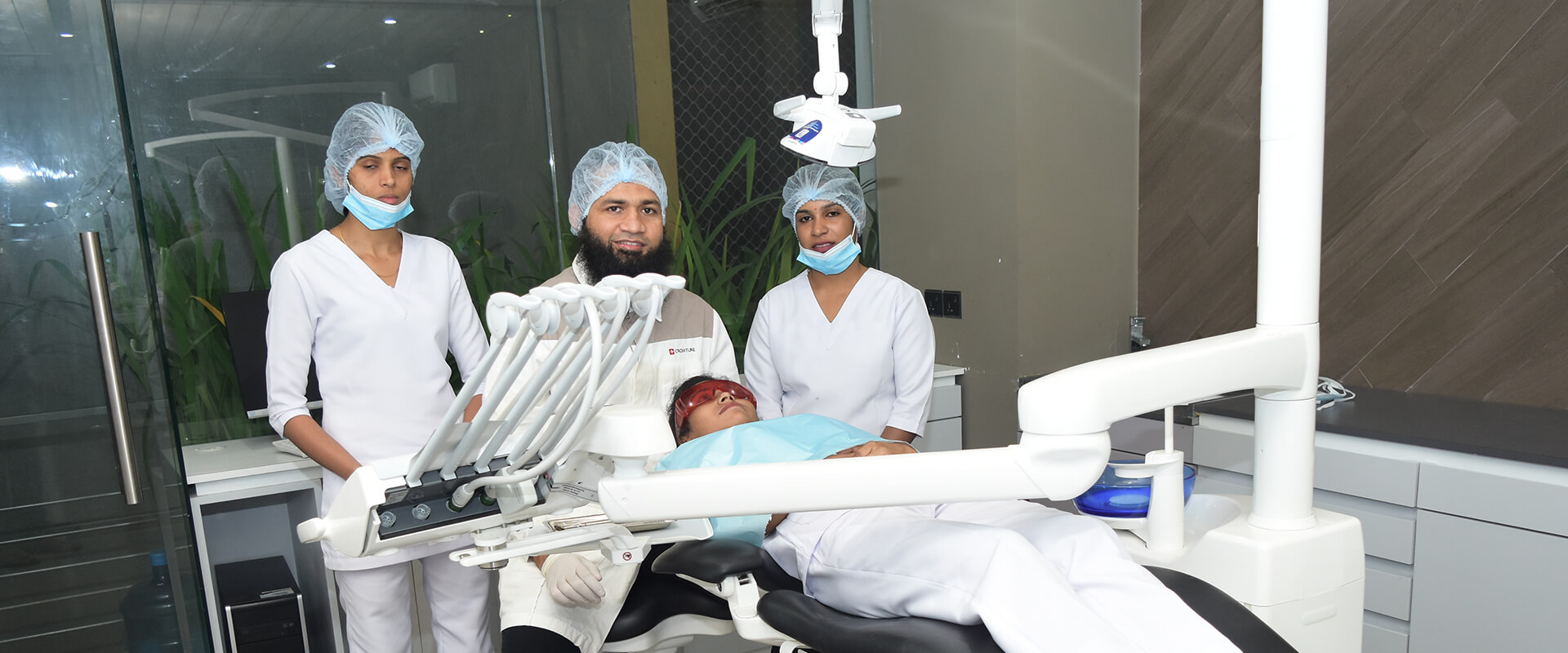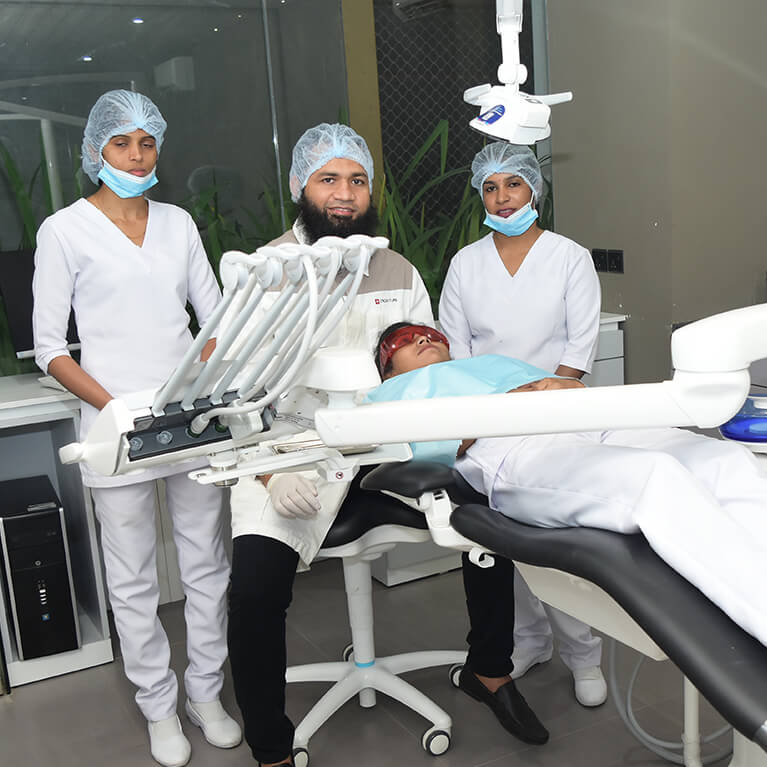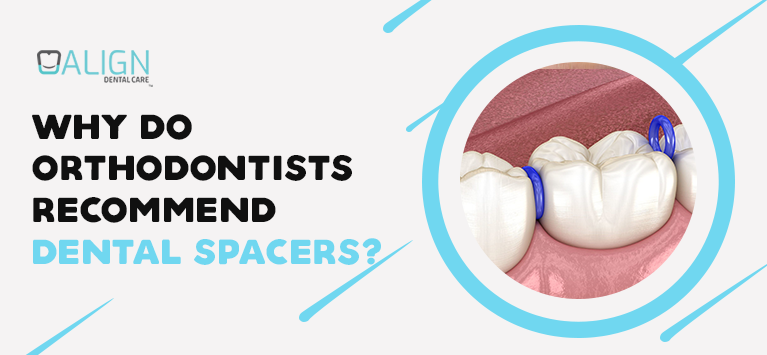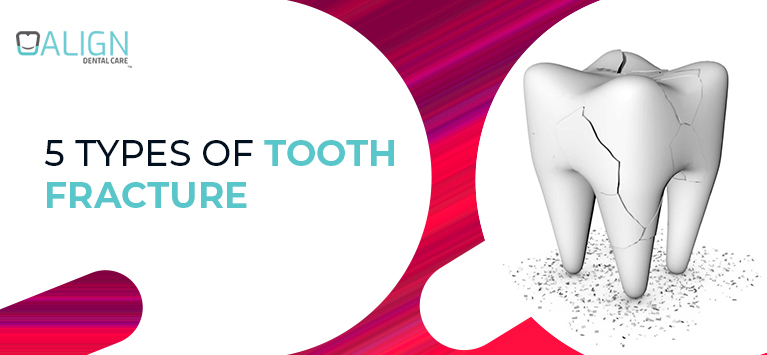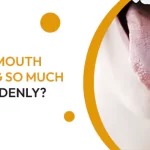Tooth fractures are common and painful. A tooth is comprised of three hard tissues – enamel, dentin, cementum, and a soft tissue called dental pulp. Tooth fracture is a term that refers to breaks or cracks that happen in a tooth’s hard outer protective covering. Even though it is harmless in most cases, a higher degree crack can affect the dentin, cementum, and even pulp chamber.
The crack position and degree vary with different types of fractures in a tooth. So dental doctors look for the crack origin, and symptoms to detect the type of crack a tooth encountered through which the right treatment plan is made.
Our Dehiwala Dentists have explained the different types of tooth fractures here. Keep reading.
What are the different types of dental fractures?
The depth to which the cracks penetrate a tooth is the main factor used to classify tooth fractures. Here are the five categories of dental fractures that many dentists treat.
1) Craze lines
Craze lines are thin, hair-like cracks in the enamel layer. They are harmless and do not provoke any discomfort as they do not penetrate the layers under the enamel and extend into the gums. The craze lines are also called enamel infractions as they are micro-fractures occurring in the enamel only.
Craze lines are a consequence of habits that stress your teeth, like biting your nails, chewing ice, etc. It is hard to determine whether the craze lines are limited to enamel alone without a dentist’s help.
2) Fractured Cusp
It involves a complete or incomplete fracture that occurs in the biting surface of a tooth’s crown. An extensive force applied on opposing teeth when the jaws are closed tends to chip off a tooth’s chewing surface (also known as occlusal surface).
This dental fracture is very likely to occur in teeth that have been repaired with fillings. In most cases, the cracks or fractures extend beneath the gums but do not hurt the pulp chamber. Hence teeth with cracked cusps are more sensitive to temperature variations but do not produce much pain.
The fractured cusp treatment involves restorative appliances like dental crowns and fillings. If the pulp is exposed, Root Canal Treatment is essential to address the damage.
3) Vertical apical fracture
It is an incomplete crack that runs vertically (i.e.) run directly down towards the root. However, the tooth does not split into parts and can be saved if it is treated early. The pulp chamber will undoubtedly incur an injury when the fracture extends over the gum line.
RCT is generally prescribed to treat such cracked teeth, however, it may not fully address the problem occasionally. Hence dentists take into consideration a lot of things like the extent of the crack, damaged location, and others to determine the best course of treatment. In certain circumstances, tooth extraction is needed.
4) Vertical Furcation Fracture
Vertical furcation fracture, also known as Split tooth involves a tooth split into two fractured segments. The cracks are extensive in this case so saving a split tooth is quite impossible. Depending on the extent of fracture, a split tooth is extracted partly or fully.
For instance, molar teeth have multiple roots. When a molar tooth is fractured extensively, its damaged side is removed surgically whereas the remaining portion is preserved with endodontic treatments and restorative appliances.
5) Vertical Root Fractures
Unlike the different types of tooth fractures we discussed until now, the vertical root fractures begin at the root portion and extend towards the chewing surface. Preserving a vertical root fractured tooth is quite challenging. It usually happens with factors like traumatic conditions in a tooth, and insufficient endodontic treatments.
It is asymptomatic (i.e.) does not exhibit any warning signs except mild pain hence that it is left undetected for a long time.
Generally, dental fractures are hard to notice with bare eyes. Dentists use microscopic objects to determine whether a tooth has cracks or fractures. It implies that you should watch carefully for atypical things you encounter with your teeth. They might be the signs that indicate dental fractures.
What are the signs of fractures in a tooth?
- Swollen gums
- Pain while biting
- Pain in teeth while eating
- Sharp pain in a tooth while taking sweets
- Tooth sensitivity to temperature variations
Bottom line
Remember that tooth fractures are hard to detect but are easy to treat if the cracks are addressed easily. If you left a fractured tooth untreated, the tooth will become prey for oral bacteria invasion and even kills it. Even though the dental fracture treatments do not heal the infected tooth completely, the therapeutical solutions will prevent further damage.
Mostly, the fractures in a tooth begin with bad biting habits. So we ask everyone to avert activities like biting inedible things to avoid stressing your teeth.





